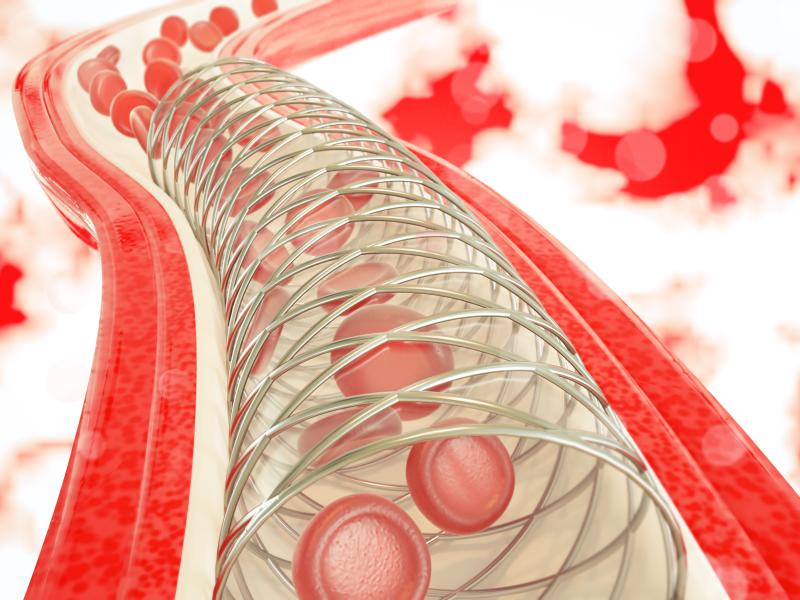
“This should be taken into consideration when planning interventions in these patient cohorts,” said researchers.
Seventeen reports were included in the present analysis, corresponding to a pooled cohort of 3,692 patients. All but two of the eligible studies were retrospective and observational in design. Two included papers employed chronic dissection only, taking place ≥2 weeks after symptom presentation. Seven studies included both chronic and acute cases. [J Vasc Surg 2019;70:1682-1693.e1]
Pooled analysis showed that dSINE occurred in 10.12 percent of all TBAD cases treated with thoracic endovascular aortic repair. Chronicity of dissection appeared to influence the occurrence of the late complication, such that its prevalence was more suppressed in those who received the acute procedure (5.11 percent vs 15.94 percent).
Pairwise meta-analysis confirmed these findings (chronic vs acute TBAD: relative risk, 3.119, 95 percent confidence intervals [CI], 2.313–4.2065; p<0.001).
Pooling the likelihood estimates of dSINE across all chronic TBAD cases further revealed a significant and positive correlation between the two (odds ratio [OR], 2.25, 95 percent CI, 1.34–3.76; p<0.002). Heterogeneity of evidence was nonsignificant (p=0.27).
“In acute TBAD, the intimal membrane is thinner and more malleable, allowing it to be stretched more easily and assume its original shape after endovascular stent placement,” the researchers explained. “However, in chronic dissections, the thickened and fibrotic intimal membrane reduces the capacity for true lumen remodeling.” [J Vasc Surg 2017;65:676-685]
This might result in the failure of the dissected flap to return to its original position prior to the procedure, they added, contributing to the development of late complications.
Aside from chronicity of the procedure the distal oversizing ratio also appeared to exert a significant influence. An excessive ratio was likewise significantly associated with a greater incidence of dSINE (OR, 2.06, 95 percent CI, 1.28–3.31; p<0.01), though with significant heterogeneity of evidence (p<0.01).
The use of stent grafts with connecting bars also tended towards a positive relationship with dSINE incidence, though falling short of statistical significance (OR, 1.53, 95 percent CI, 0.64–3.65; p=0.33). Heterogeneity of evidence was borderline significant (p=0.06).
“Our meta-analysis has demonstrated that chronic TBAD and excessive oversizing ratios are significant independent risk factors for dSINE tears,” the researchers said, noting that while not all dSINE complications may culminate in clinically significant outcomes, the possibility of aneurysms or ruptures remains.
“These data further highlight the need for accuracy and discretion in endovascular planning and sizing when treating TBAD, the need for lifelong surveillance of such patients, and the need for further research in this area,” they added.